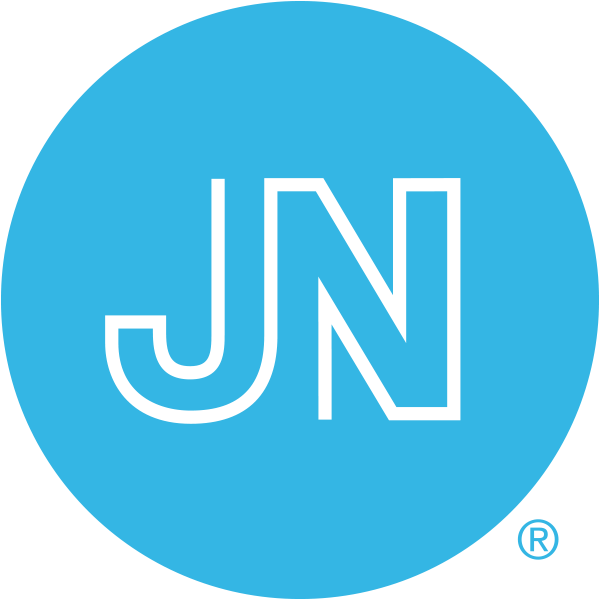Abstract
Objective
This study aimed to examine the effects of spirulina supplementation on pro/antioxidant status, inflammation, and skeletal muscle damage markers immediately and 24h after exhaustive exercise in elite rugby players.
Methods
Seventeen elite male Rugby Union players were randomly assigned to a Spirulina (SPI: n=9), or a placebo group (PLA: n=8) in a double-blind design. Subjects were supplemented with Spirulina platensis (5.7 g/d) or placebo (isoproteic and caloric) for 7 weeks. At baseline (W0) and after seven weeks of supplementation (W7), blood samples were obtained before (T0), immediately after (T1), and 24h after (T2) exhaustive exercise. The Yoyo Intermittent Recovery Test Level 2 was used as an exhaustive exercise to induce oxidative stress (OS), inflammation, and skeletal muscle damage. The studied parameters included Pro/antioxidant status markers (SOD, GPX, GSH/GSSG ratio, ox-LDL, and F2-Isop), inflammation markers (MPO and CRP), and skeletal muscle damage markers (LDH and CK).
Results
Our results showed that F2-Isop, CRP, and CK levels significantly increased at T1 only in PLA group (p<0.05, p<0.05, and p<0.001 respectively) with no change in SPI group which reflects the effect of spirulina to prevent lipid peroxidation, inflammation, and skeletal muscle damage induced by exhaustive exercise. Moreover, spirulina supplementation accelerated the return to baseline values given that F2-Isop, CRP, and CK levels at T2 were significantly lower than at T0 in SPI group (p<0.05, p<0.01, and p<0.001 respectively).
Conclusion
Based on the markers used in this study, our results report that spirulina supplementation potentially prevents exercise-induced lipid peroxidation, inflammation, skeletal muscle damage and may accelerate the recovery of some of these markers. Based on our findings, we recommend spirulina supplementation especially for athletes who do not achieve the recommended antioxidant dietary intake and who perform a high training load in order to reduce the magnitude of OS, inflammation, and skeletal muscle damage which could help to reduce performance losses and accelerate recovery after training/competitions throughout the season.
This article is protected by copyright. All rights reserved.







